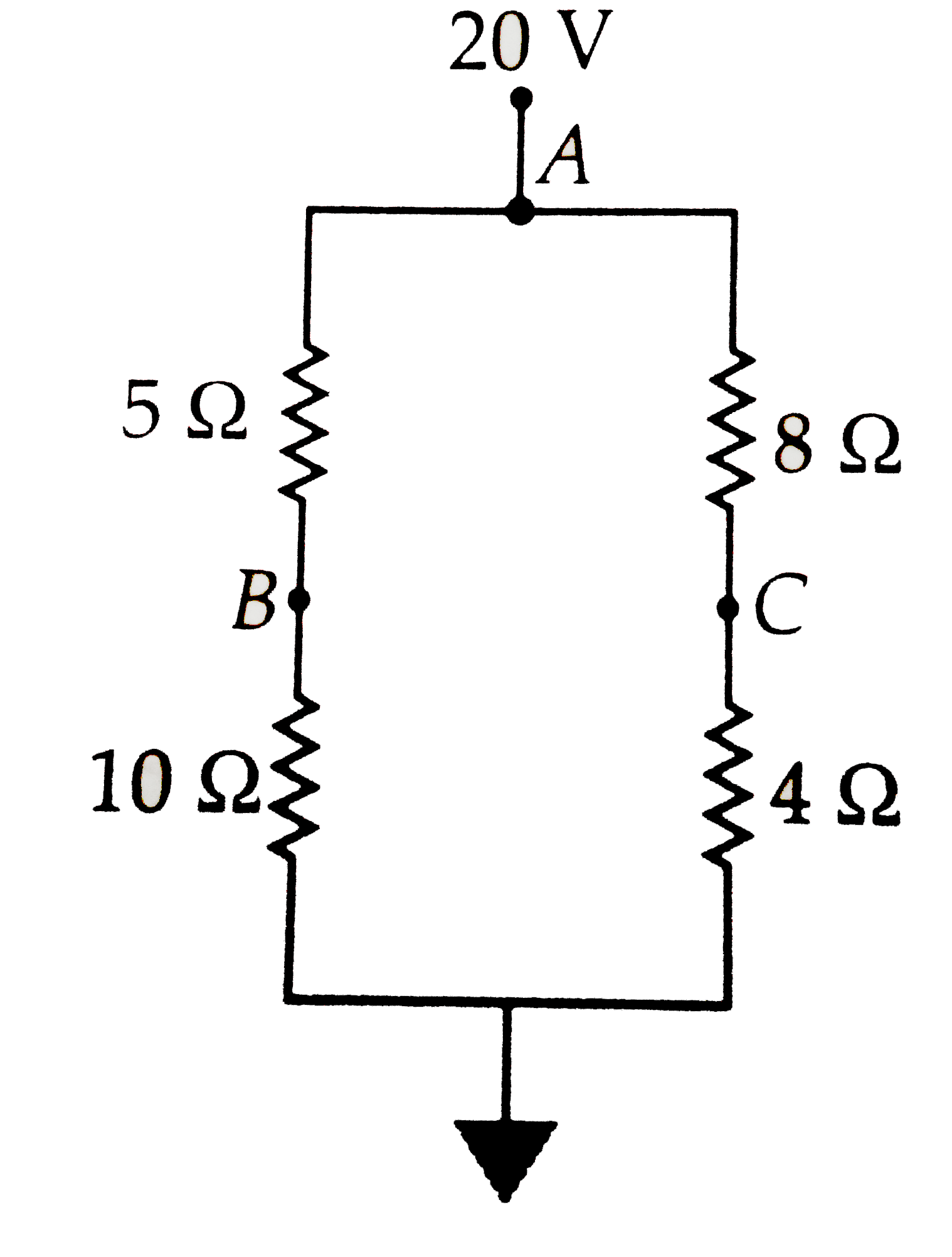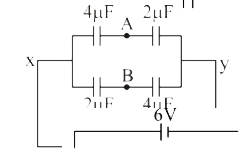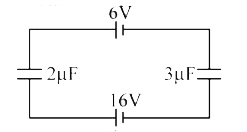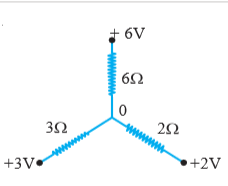What is zeta potential?
Video Solution
Text Solution
The combination of the two layers of opposite charges around the colloidal particle is called Helmholtz electrical double layer. According to modern views, the first layer of ions is firmly held and is termed fixed layer while the second layer is mobile which is termed diffused layer. Since separation of charge is a seat of potential, the charges of opposite signs on the fixed and diffused parts of the double layer results in a difference in potential between these layers. This potential difference between the fixed layer and the diffused layer of opposite charges is called the electrokinetic potential or zeta potential.
|
Updated on:21/07/2023
Topper's Solved these Questions
- BOOK - VMC MODULES ENGLISHCHAPTER - SURFACE CHEMISTRYEXERCISE - LEVEL-174videos
SURFACE CHEMISTRY
- BOOK - VMC MODULES ENGLISHCHAPTER - SURFACE CHEMISTRYEXERCISE - LEVEL-265videos
SURFACE CHEMISTRY
- BOOK - VMC MODULES ENGLISHCHAPTER - STRUCTURE OF ATOMEXERCISE - IN-CHAPTER EXERCISE-F7videos
STRUCTURE OF ATOM
- BOOK - VMC MODULES ENGLISHCHAPTER - THE SOLID STATEEXERCISE - EXERCISE-J10videos
THE SOLID STATE
Similar Questions
Knowledge Check
- Question 1 - Select One
What is the potential difference between the points A and B in the circuit diagram shown in figure ?
 A203VB103VC20√3VD10√3V
A203VB103VC20√3VD10√3V
In, a potential of +12V is given to point A, and point B is earthed. What is the potential at the point P in V?
 .View Solution
.View SolutionWhat is the potential energy of the charge and dipole system shown in (Fig. 3.93) ?
 .View Solution
.View SolutionWhat is the potential energy of an electron present in N− shell of the Be3+ ion ?
View SolutionWhat is the potential difference between points A and B in the circuit shown?
 View Solution
View SolutionWhat is the potential difference across 2μF capacitor in the circuit shown?
 View Solution
View SolutionWhat is the potential energy of an electron present in N− shell of the Be3+ ion ?
View SolutionWhat is biotic potential ?
View Solution


